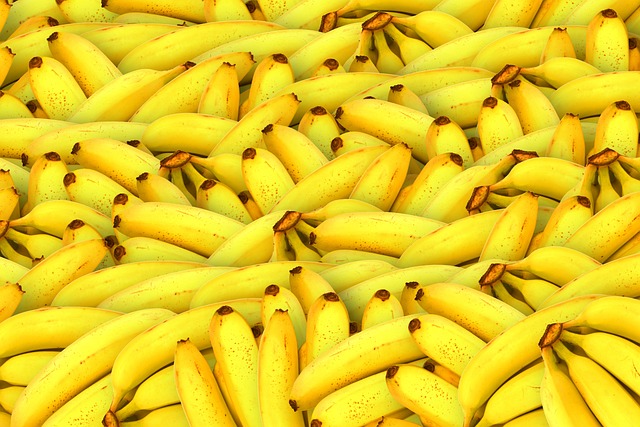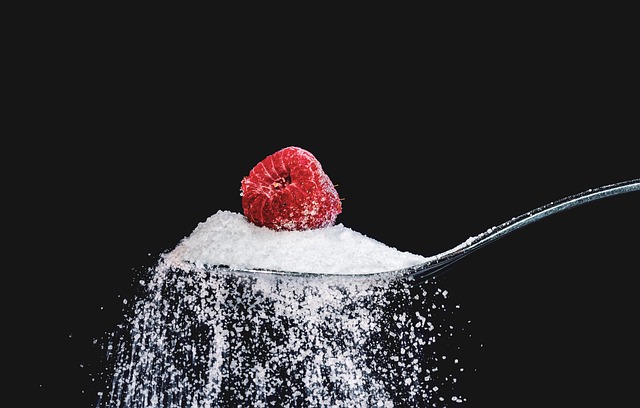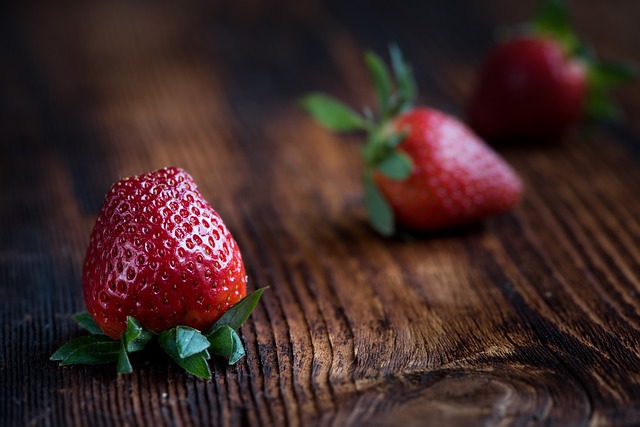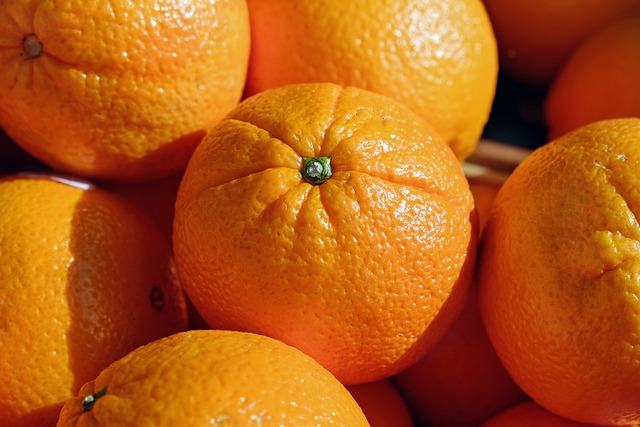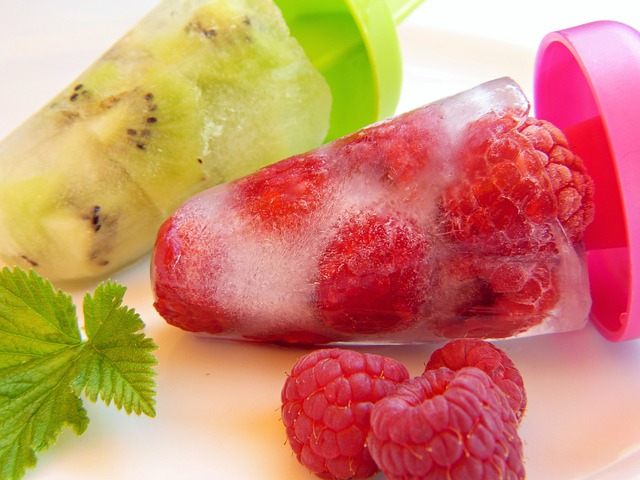Fermented Perfection: Exploring Ancient Traditions and Modern Probiotic Delights
The Magic of Fermentation
For centuries, fermented foods have played a significant role in various cuisines and cultures around the world. From kimchi in Korea to sauerkraut in Germany, these ancient traditions have stood the test of time for good reason.
At the heart of this time-tested culinary practice lies the magic of fermentation. Fermentation is a natural preservation process that occurs when beneficial bacteria or yeasts convert sugars into organic acids, gases, or alcohol. This transformative process not only enhances the flavor, aroma, and texture of foods but also creates an abundance of gut-friendly probiotics.
The Probiotic Powerhouse
Probiotics, often referred to as “good bacteria,” are living microorganisms that provide numerous health benefits when consumed. They promote a healthy gut environment, support digestion, boost the immune system, and may even enhance mood and overall well-being.
Fermented foods are rich in naturally occurring probiotics, making them an excellent addition to a balanced diet. These probiotic powerhouses can help restore and maintain a healthy balance of gut flora, which is essential for optimal gut health.
Exploring Fermented Delights
The world of fermented foods is vast and diverse, offering a wide range of flavors and textures to satisfy every palate. Let’s take a closer look at some popular fermented delights:
1. Yogurt
Yogurt is one of the most well-known and widely consumed fermented foods. Made from milk fermented by lactic acid bacteria, yogurt is not only delicious but also packed with probiotics.
2. Kombucha
Kombucha is a fizzy, fermented tea beverage that has gained popularity in recent years. It is made by fermenting sweetened black or green tea with a SCOBY (symbiotic culture of bacteria and yeast). The end result is a tangy, slightly sweet, and refreshing drink loaded with beneficial probiotics.
3. Kimchi
Hailing from Korea, kimchi is a spicy fermented cabbage dish. It is made by combining cabbage, radishes, and other vegetables with a mix of seasonings such as chili powder, garlic, and ginger. The fermentation process gives kimchi its signature tangy and pungent flavor.
4. Sauerkraut
Sauerkraut, a staple in German cuisine, is made from fermented cabbage. It is low in calories and rich in fiber, vitamins, and minerals. The fermentation process not only enhances its nutritional profile but also adds a distinct sour note.
Making Probiotics at Home
If you’re feeling adventurous, you can try making your own fermented delights at home. With a few simple ingredients and some patience, you can harness the power of fermentation and create probiotic-rich foods right in your own kitchen.
Whether it’s DIY sauerkraut, homemade yogurt, or kombucha brewing, there are plenty of resources available online to guide you through the process. Just remember to follow proper sanitation practices to ensure the fermentation process remains safe and healthy.
The Bottom Line
Fermented foods offer a tasty and natural way to incorporate probiotics into your diet. From yogurt to kimchi, these ancient traditions continue to provide us with modern delights that promote good gut health and overall well-being.
So, why not embark on a journey through the world of fermentation? Your taste buds and your gut will thank you!

